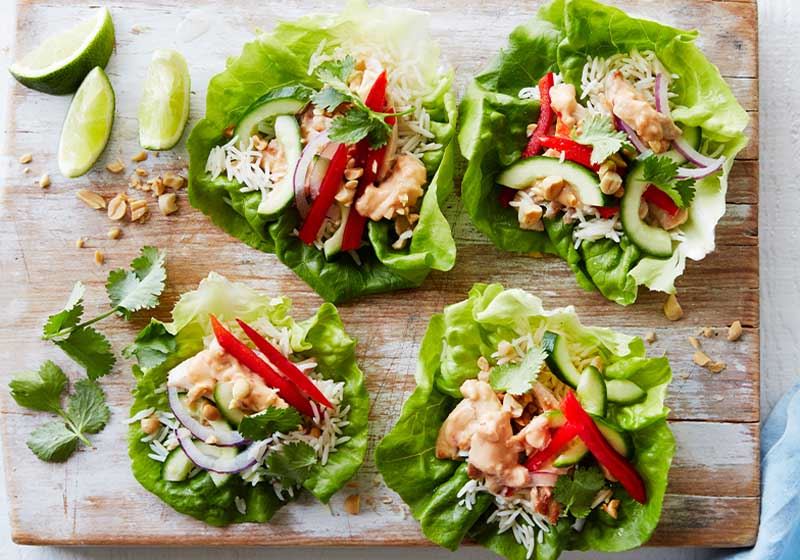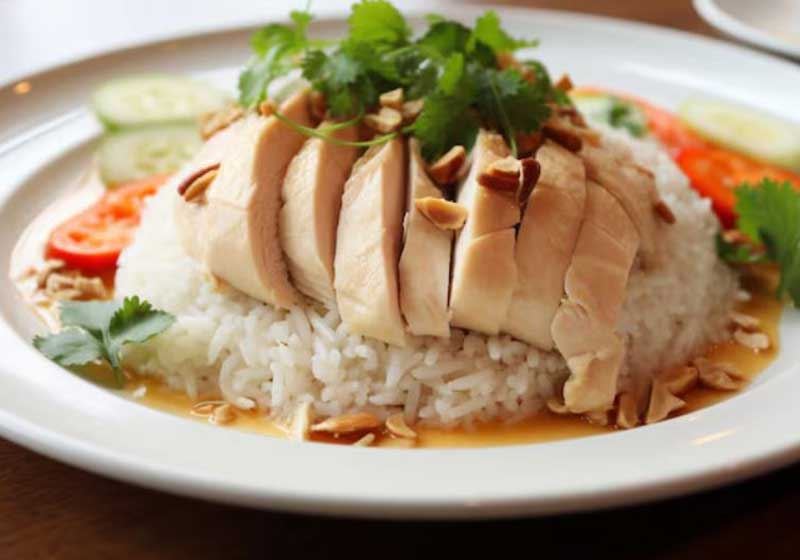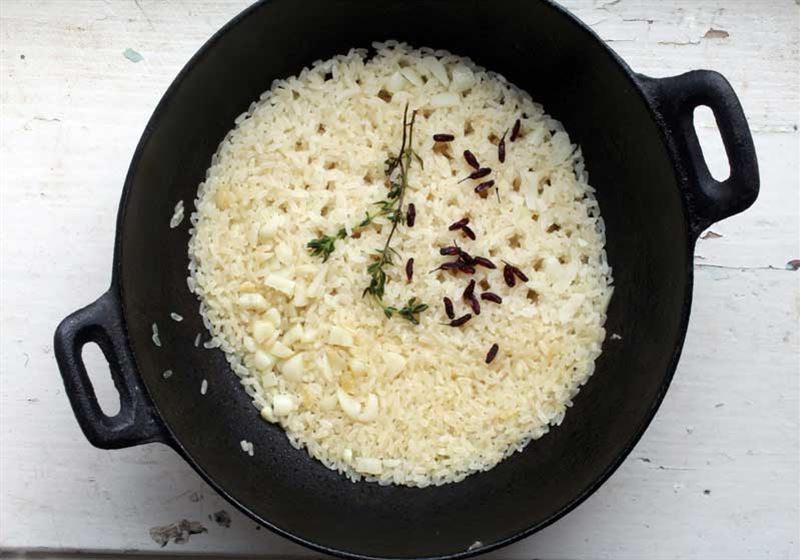Have you ever wondered where your kitchen spices come from? Other than your local health food shop or supermarket before they are ground into a fine powder or you sprinkle those tiny seeds, spices are derived in the natural world from berries, fruit, bark, resins, leaves, roots, rhizomes and even flowers. Read our guide below to learn about where your favourite spice derives from:
Here are some common categories although you'll notice that spices have different abilities to change forms from a seed into a ground powdery spice, or from a whole fruit into a course bark, or it may not be until it has been dried or roasted, that it has the potential to turn into a spice.
Whole Spices:
Whole spices are spices that are used in their intact, unbroken form. They are often added to dishes during cooking and removed before serving or eaten around. Whole spices can be used to flavour oils, sauces and broths, infusing the dish with their flavour. Common whole spices include peppercorns, cloves and cinnamon sticks. A native and wild Australian spice is the bush tomato, which can be partially dried and preserved. It is also known as kutjera or desert raisin and tastes earthy and salty. If it is ground up, it goes by the name of akudjura.
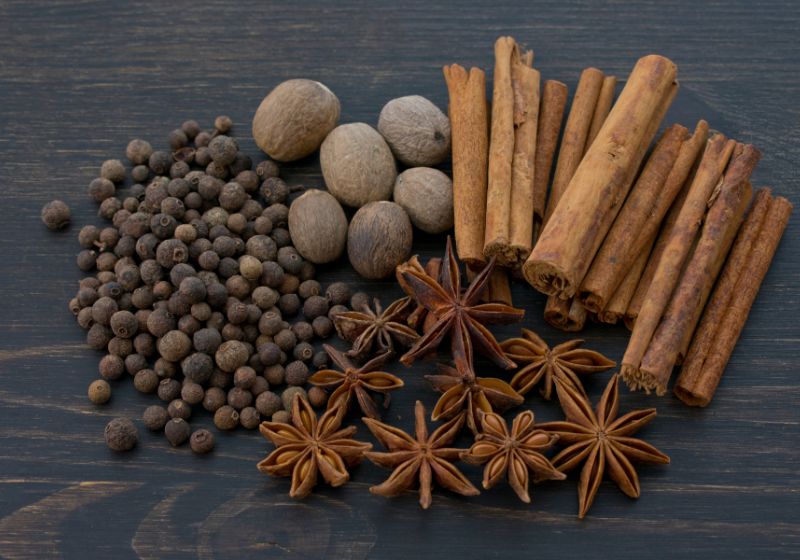
Seeds:
Many spices come from seeds which can be ground into powders or used whole. Examples of spices that come from seeds include mustard seeds, cumin seeds and coriander seeds. The mustard seed is incredibly versatile as it can then also be ground up and even turned into the creamy, saucy mustard that we all know.
Berries:
Some fruit and berries are used as spices when dried. these can add unique flavours and aromas to dishes. One example is the allspice berry also known as pimento. Made from dried unripe fruit, it has a brown colour and a heavy sweetness lending allspice berry a great deal of versatility. The juniper berry is another example and is also used in savoury dishes.

Pods:
Pods are the seed pods of certain plants. One of the most common examples is the cardamom pod, which contains small, aromatic seeds used in both sweet and savoury dishes; star anise and vanilla are other examples. Contrary to common belief, vanilla is not white but rather blacky brown.
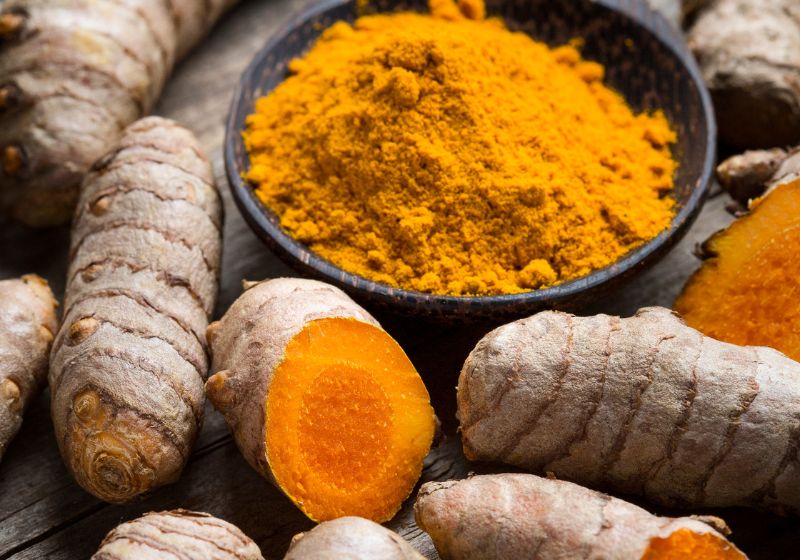
Roots and Rhizomes:
Some spices come from the roots of plants, which can be dried and ground into powders or used fresh. Ginger and turmeric are examples of spices that come from roots as well as liquorice and galangal. Interestingly, the Australian species of ginger is less spicy than the Asian type. You can eat the young shoots fresh and use the rhizome in savoury dishes like curries and sauces or dressings. Ginger is great in smoothies, juices and marmalades and is also known as an anti-inflammatory used to treat digestive issues.
Bark:
The bark of certain trees can be used as a spice. Cinnamon is one of the most well-known examples even though we use it in so many other forms, it is derived from the inner bark, which is then dried and used in its whole form or ground into a powder.
If you're wondering where to buy some fresh spices locally, then it's worth looking at Spice & Co. Established in 2009, the range is blended and packed in Australia from pure herbs and spices, no nasties, no sugar or additives and gluten-free. Spice & Co is 100% Australian-owned and operated and been used on MasterChef since 2012. We also love that they have spice info charts with top uses and ideas for close to 80 individual spices and are exclusive to small independent retailers.




